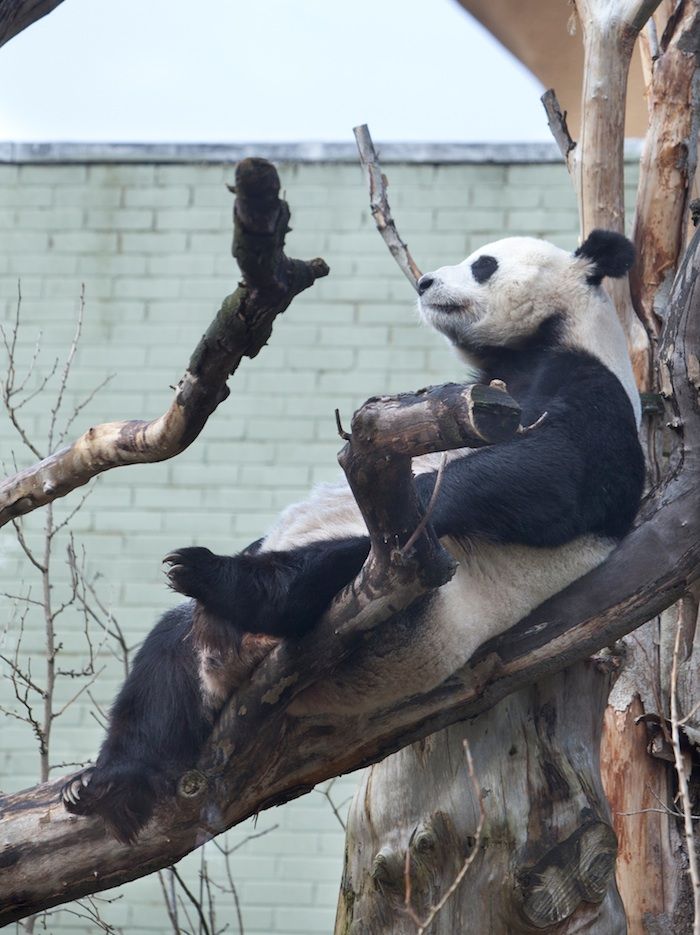Cub Watch Begins After Panda's Artificial Insemination

Some Brits are crossing their fingers for a new royal baby — not a second-born for William and Kate, but a panda cub for Tian Tian and Yang Guang.
Officials at the Royal Zoological Society of Scotland announced today (April 15) that Britain's only female giant panda, Tian Tian, was artificially inseminated at the Edinburgh Zoo after failing to get it on the natural way with her partner, Yang Guang. A cub for the panda pair would be the first born on British soil.
The artificial insemination was carried out on Sunday (April 13) after Tian Tian's hormone levels indicated she had gone into estrous, or the brief window of fertility that typically only lasts a few days each year for pandas. [Baby Panda Pics: See a Cub Growing Up]
"From the start, when the pandas started to show breeding behavior early this spring, both were showing very positive signs," Iain Valentine, who is in charge of giant pandas for the RZSS, said in a statement. "We were hopeful natural mating would occur this year, but in the end, Tian Tian's hormones started to fall quickly, which meant her breeding window could be much shorter."
Tian Tian was artificially inseminated last year, but no baby was born. Zoo officials believe the female panda had conceived, but "reabsorbed" the fetus late term.
If Tian Tian successfully gets pregnant this time around, it will likely be a mystery to her keepers until a cub materializes on the floor of her den. Pandas tend to undergo a "pseudopregnancy" that mimics the real thing when they don't conceive; their hormone levels surge, they build nests, they don't eat as much and they're less active, just like an expectant panda mother. What's more, cubs are virtually impossible to detect in an ultrasound because the bamboo-eating bears are so small as fetuses. (At birth, cubs are typically the size of a stick of butter.)
There may be only around 1,600 pandas left in China's bamboo forests. Many conservationists contend that captive breeding is a good way to bolster this small population, though few bears born in zoos have been released into the wild.
Sign up for the Live Science daily newsletter now
Get the world’s most fascinating discoveries delivered straight to your inbox.
"If we can successfully assist Tian Tian and Yang Guang to breed, we will be adding to the total number of pandas in zoos around the world and in breeding centers in China," Chris West, CEO of the RZSS, said in a statement. "The more there are, the greater and more diverse the gene pool is from which pandas can be selected for reintroduction."
West noted that a male and female panda have been reintroduced into the bamboo forests of China's Sichuan Province in the last two years.
"They are being closely monitored using tracking devices, so we will know if they survive, mate and breed, either with wild pandas or each other," West said of the pandas. "It's a slow process, but the experience gleaned from experts around the world in caring for pandas in captivity has shaped the form of release, and hopefully over time, more will be suitable for reintroduction."
Follow Megan Gannon on Twitter and Google+. Follow us @livescience, Facebook & Google+. Original article on Live Science.










